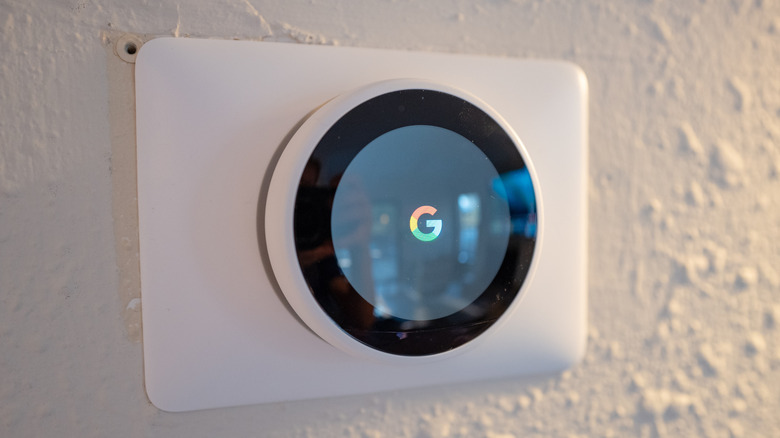A 2016 Spy Thriller With A Perfect Rotten Tomatoes Score Is Impossible To Stream Today
Some of the best foreign movies are difficult to stream for American viewers. This South Korean spy thriller is one film that might be worth buying on Blu-ray.
Read More


























